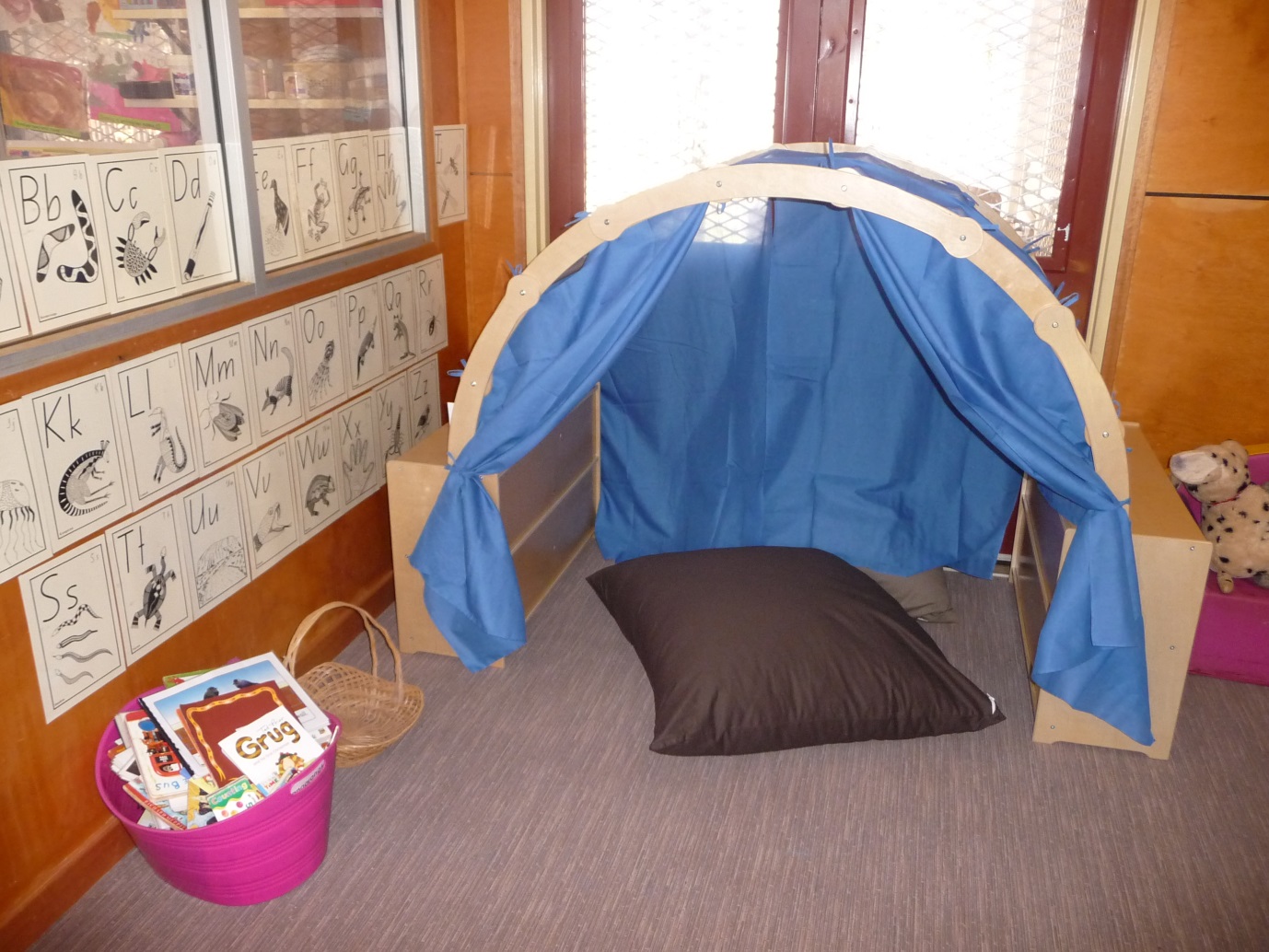
What if the world hurts?
This article was authored by Beth Guy, Program Manager, Training and Professional Development
at the Australian Childhood Foundation. She is currently studying design.
What if the world hurts? Literally as well as psychologically.
What if your teacher’s voice feels like a dentist drill?
What if the walls of your classroom feel like they are crowded and moving?
What if the seam on your sock drives you to distraction and makes it almost impossible to listen to what is being said to you?
These experiences might seem extreme, but they are a just a few examples of what those with sensory defensiveness face in their daily existence. Challenges like these can mean that due to their altered arousal levels, seemingly normal everyday sensory experiences make life incredibly difficult to participate in. Further, they can prevent children and young people from engaging in the world around them and participating in life in a way that enables them to reach their full potential.
Sensory defensiveness is experienced by many children who have suffered developmental trauma (and also by children on the autism spectrum) and can often be the root cause of challenging behaviours. In one study it was estimated that 16% of primary aged children present with sensory defensiveness (Carter et al 2009)
Often in my role we work on projects focussing on children with developmental trauma. I hear stories from teachers of children disengaging in the classroom, children driven to distraction – their own and others – children needing to move, to lay still, to chew, to tap, to swing on their chairs, to remove themselves, to sit close, to sit outside, to daydream, to sleep. These presentations obviously present an immense challenge for professionals in the shape of a day when the focus and purpose is learning. Moving a group of children through to another milestone can be difficult for staff when one or more children within the group are finding their day exhausting and painful in this way.
An additional complexities for most education environments in Australia is that often we have 1950’s era school buildings and classrooms that were designed for colder climates with no consideration for environmental influences on children.
- Small doors and windows,
- cramped conditions,
- grey and lifeless corridors,
- toilets and drinking fountains miles away from the classroom
- Inadequate heating, shade and cooling where needed.
In a valiant attempt to correct this situation most schools and classroom, teachers do all they can to create a lively colourful space for kids. However this often comes at the cost of over stimulation, a lack of quiet calm spaces for children, windows to gaze out of without artwork across them, little space to move away from tables and other children and very little air flow and natural light.
Through our work with schools across the country, we have seen schools more fully understanding the issues associated arousal difficulties in children as a result of training to school personnel about the neurobiology of trauma within programs such as SMART, Transforming Adolescent Trauma and Making Space for Learning. Having explored the meaning behind behaviour and the concept of ‘the window of tolerance’, school staff begin to understand the sensory impacts on children. Teachers respond by focussing more on creating sensory spaces for their classes and the development of ‘bumpy’ corners with cushions and bean bags, minimalist break out spaces, textured walls and floors and delineating calm and quiet spaces in the yard and in areas of the school, leaving windows clear to gaze through and sound to be muted.
Recently, I have been reading ‘Too loud, too bright, too fast, too tight’ by developmental Psychologist Sharon Heller Ph.D. In it she reflects on the challenges of sensory defensiveness and the neuroscience of sensory integration – exploring brain development and the impact of difference in touch, vestibular and proprioceptive sense for children who are ‘wired’ differently.
“In a world bulging with confusion, those who suffer from Sensory Integration dysfunction feel off centre, out of focus, missing a beat, detached. Their spontaneous behaviour is inefficient, excessive or useless. They innocently say or do things at the wrong time, in the wrong place, in the wrong way; rejected they chastise themselves for their stupidity. As such it takes much more energy to reach their goal……….”
So… how can we help these children and young people to achieve their goals?
- What if we could make the world and learning easier for these children by focussing not only on the meaning behind their behaviour but on the physical environment around them?
- What if we could define places of respite and solitude alongside places of liveliness and considered stimulation?
- What would this mean for us and our engagement with children and what would it mean for them?
In this book Sharon Heller provides information and examples of a ‘Sensory diet’ to support arousal and to enable participation and further engagement in the world around for those challenged by their senses.
Considered, well planned and structured sensory environments benefit all teachers and students, parents and children. They can often be the missing pieces in the puzzle when trying to support and encourage engagement and relationship when working with children.
Think about where and when you are most calm. How might we recreate these environments for ourselves and the children we work with? It is mutually beneficial.
“When my body becomes a safer place to live, I will interact with you differently”
Rosie Spiegel – Too loud, too bright, too fast, too tight

(A bumpy corner: Amata Anangu School. APY Lands South Australia)
Have you developed sensory environments to support your work with children in a children’s service or within an education environment?
We would love to see what you have done and hear about how it has impacted you and the children with whom you work.
REFERENCES
Sharon Heller Ph.D (2003) Too loud, too bright, too fast, too tight: What to do if you are sensory defensive in an overstimulating world. Harper
ACF Smart Discussion paper 15 – working with the Window of Tolerance in the Classroom, ACF website, http://www.childhood.org.au/for-professionals/smart-online-training


